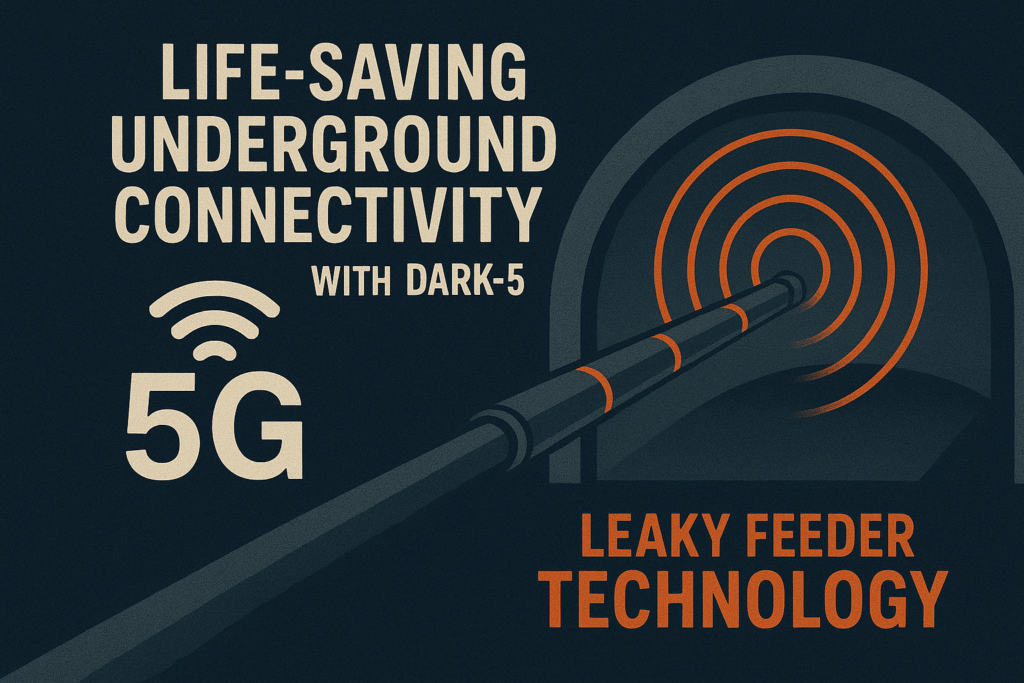How DARK-5G's Leaky Feeder Technology Solves Underground Communication Challenges

The Problem of Underground Connectivity
Underground environments have always posed unique challenges for wireless communication. Traditional radio signals struggle to penetrate thick layers of earth and concrete, while the tunnel-like structures create complex signal propagation patterns. In emergency situations, these limitations can mean the difference between life and death when first responders need reliable communication.
Enter Leaky Feeder Technology
At the heart of the DARK-5G solution is an innovative application of leaky feeder cable technology. Unlike conventional antennas that broadcast signals in specific directions, leaky feeder cables act as continuous linear antennas. The specially designed coaxial cable has precisely engineered slots in its outer conductor that allow controlled radiation of the 5G signal along its entire length.
Technical Advantages for Emergency Scenarios
The leaky feeder system provides several critical benefits for underground emergency communications. First, it offers uniform signal coverage throughout the tunnel, eliminating the dead zones that plague traditional wireless systems. Second, the cable is highly resistant to interference from environmental factors like water, dust, or structural damage. Third, the system can be deployed rapidly in emergency situations, with the cable being unrolled and connected much faster than installing multiple conventional access points.
Real-World Performance
During tests in the London Underground, the DARK-5G system demonstrated remarkable reliability. The leaky feeder maintained consistent signal strength even around bends and through obstructed areas where conventional systems would fail. This performance was achieved while supporting multiple simultaneous connections for first responders and trapped civilians alike.
Future Applications
While initially developed for emergency response, this technology has potential applications in mining operations, underground utilities, and even smart city infrastructure. The same principles that make it effective in disaster scenarios could revolutionize everyday underground communications, making these spaces safer and more connected.



